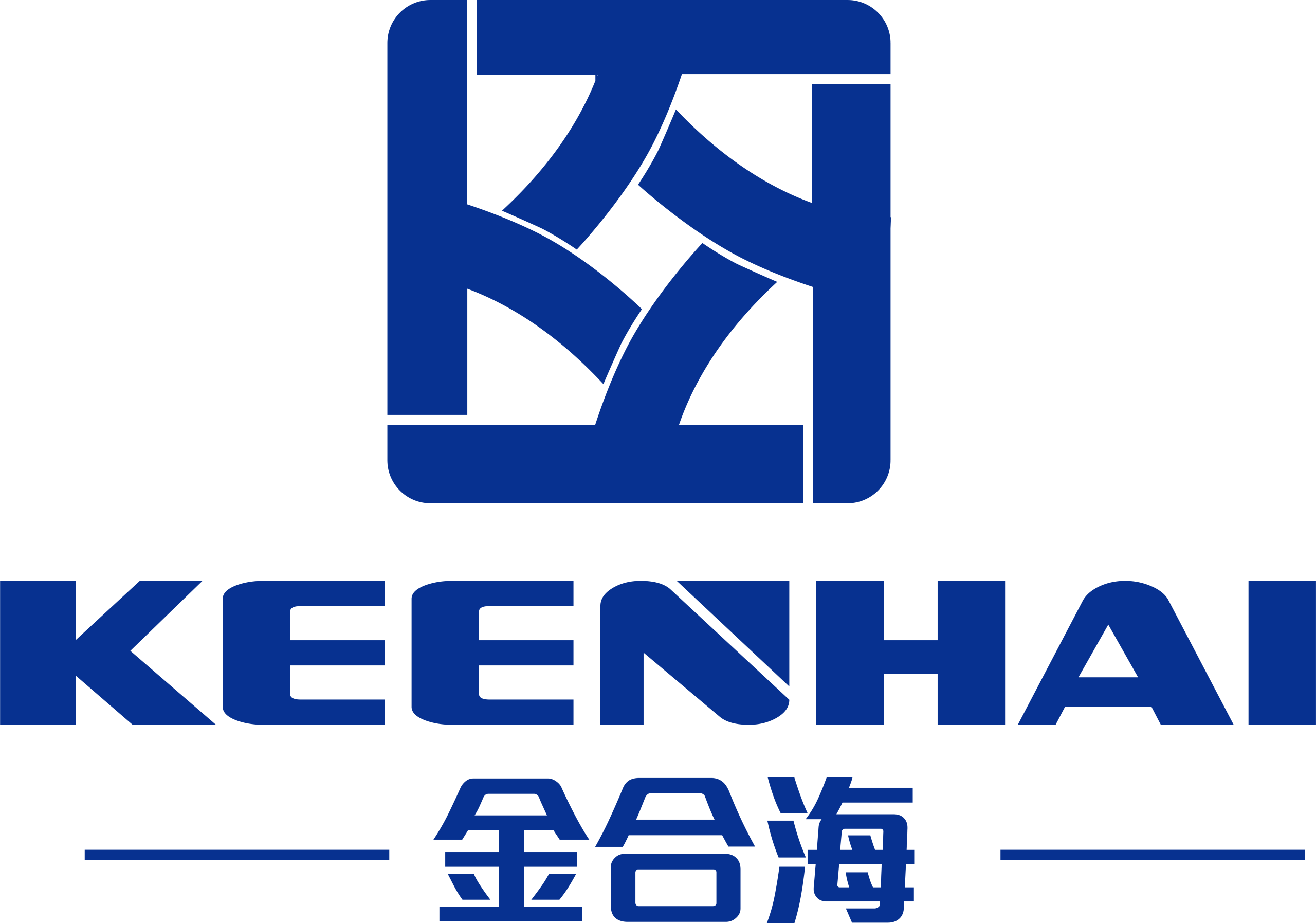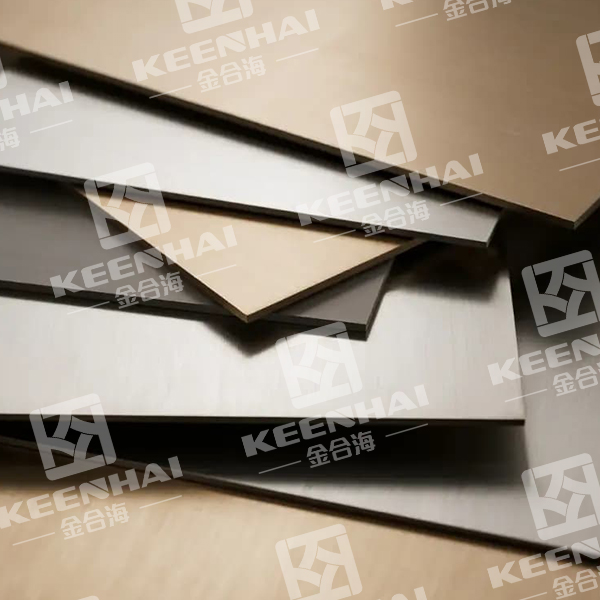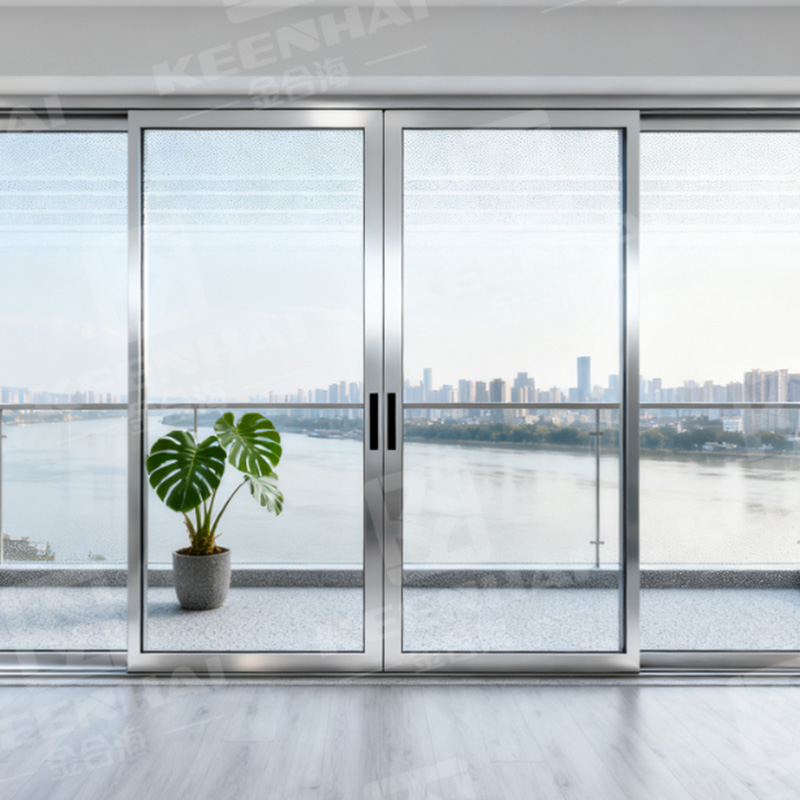Stainless steel comes in three main grades: austenitic, ferritic, and martensitic. Austenitic is highly corrosion-resistant and widely used in kitchens, elevators, and architectural panels. Ferritic offers moderate corrosion resistance and excellent strength, ideal for exterior walls and automotive parts. Martensitic is harder and wear-resistant, suited for industrial doors and tools. Choosing the right grade depends on the environment, cost, and durability requirements.
Austenitic Stainless Steel
Composition and Key Alloy Elements
Austenitic stainless steel gets its standout performance from a mix of 16–26% chromium and 6–22% nickel, often with 2–3% molybdenum to fight pitting corrosion in harsh environments like coastal high-rises or subway stations. Carbon content stays under 0.08%, preventing carbide formation during welding and ensuring doors, panels, or sheets retain strength over decades.
Manufacturers follow a precise sequence to make high-quality sheets or panels:
-
Melt base metals in an electric furnace at 1,500–1,600°C.
-
Add nickel, chromium, and optional molybdenum for corrosion resistance.
-
Homogenize the mixture to guarantee a uniform structure.
-
Roll or press into sheets for building panels, elevator doors, or decorative cladding.
These stainless steel products handle both indoor and outdoor use. For example, many architects choose them for elevator interiors in luxury hotels or metal façades on modern skyscrapers due to their unmatched durability and visual appeal.
Common Applications in Construction and Appliances
Austenitic stainless steel is everywhere you need strength, beauty, and hygiene. It works well in:
-
Elevator doors and interiors (PVD coated stainless steel elevator door panels)
-
Exterior wall panels (stainless steel exterior wall)
-
Kitchen appliances and medical equipment, because surfaces resist bacteria buildup.
-
Handrails, staircases, and decorative accents in high-traffic public spaces.
அதன் non-magnetic nature makes it ideal for MRI rooms or scientific labs, and it keeps toughness from −196°C to 800°C. In subways, airports, and hotel lobbies, it reduces repair frequency while maintaining a sleek, polished look.
| அம்சம் | Austenitic | Ferritic | Martensitic |
|---|---|---|---|
| அரிப்பு எதிர்ப்பு | Very High | Moderate | Low |
| Toughness at Low Temp | Excellent | Fair | Poor |
| Weldability | Excellent | Moderate | Moderate |
| Magnetic | Non-magnetic | Magnetic | Magnetic |
| Common Applications | Elevator panels, façades, appliances | Automotive trims, roofing | Cutlery, shafts, tools |
This table helps engineers and architects quickly decide which grade suits a project while considering durability and cost.
Advantages and Limitations
Austenitic stainless steel stands out for resisting corrosion, dents, and scratches, making it perfect for elevators in five-star hotels, corporate high-rises, and metro stations. Designers love the variety: brushed, mirror, or PVD coated finishes allow creative freedom.
Limitations include higher upfront cost compared to ferritic types and some work-hardening during machining, which demands skilled handling. It can also face stress corrosion cracking if exposed to chlorides without proper design. Still, the long-term low maintenance and superior durability make it worthwhile.
Thickness and Surface Preparation
Sheet thickness usually ranges from 0.5 mm to 3.0 mm, depending on use. Elevator doors and façade panels often sit at 1.2–2.0 mm, balancing strength and weight. Proper surface prep is crucial:
-
Degrease and clean raw sheets to remove oil or mill scale.
-
Apply pickling and passivation to boost corrosion resistance.
-
Roll or polish sheets to required finish (mirror, brushed, or satin).
-
Inspect for uniformity and defects before shipment.
High-quality stainless steel sheets ensure PVD coatings adhere properly and maintain color and shine for years, especially in high-traffic areas.
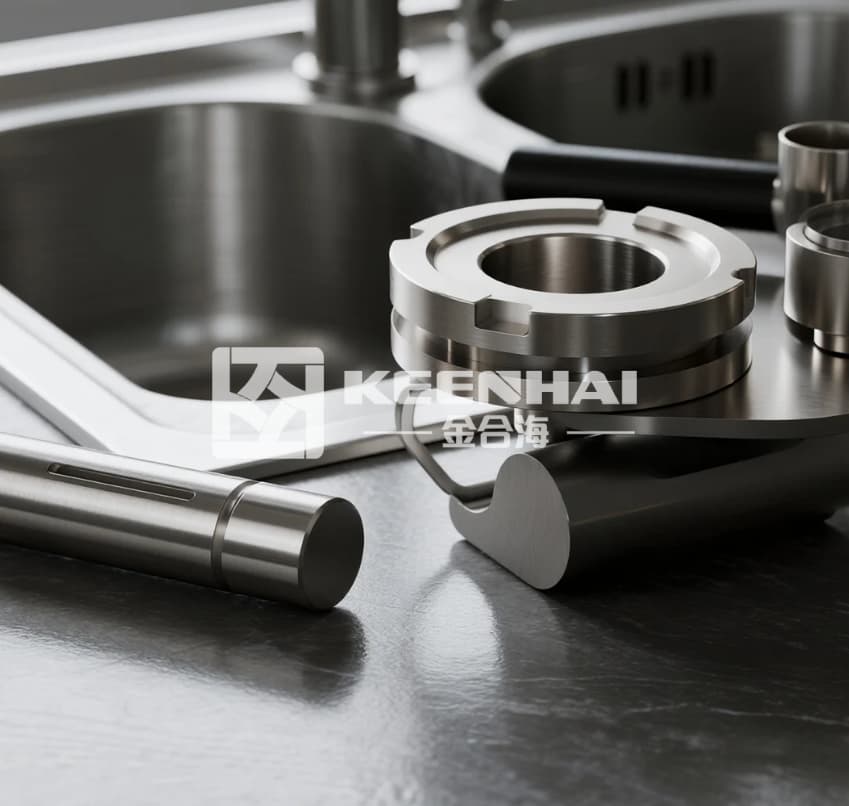
ஃபெரிடிக் ஸ்டெயின்லெஸ் ஸ்டீல்
Chemical Composition and Microstructure
Ferritic stainless steel primarily contains 10–30% chromium and very low carbon (<0.08%), with negligible nickel content. Its microstructure is body-centered cubic (BCC), which gives it magnetic properties and makes it less ductile than austenitic grades but highly resistant to stress corrosion cracking.
Fabricators often choose ferritic steel for projects where corrosion resistance is needed without heavy-duty tensile requirements, like exterior wall cladding on commercial buildings (துருப்பிடிக்காத எஃகு வெளிப்புற சுவர்) or decorative panels in parking garages. Its lower nickel content makes it more cost-effective, especially for large surface areas.
Manufacturing steps include:
-
Melting and alloying chromium with iron in electric arc furnaces.
-
Hot rolling sheets to 1–3 mm thickness, depending on structural needs.
-
Annealing to relieve internal stresses and enhance ductility.
-
Surface finishing, such as brushing or light polishing, for visual appeal.
This process ensures the sheets perform well in outdoor installations, maintaining resistance against rain, humidity, and mild urban pollution.
Typical Uses in Automotive and Architectural Panels
Ferritic stainless steel finds its sweet spot in applications requiring moderate corrosion resistance with visual appeal, for example:
-
Automotive trims, exhaust components, and mufflers, where heat resistance and magnetic properties matter.
-
Elevator interiors in commercial buildings when budget constraints favor ferritic over austenitic grades.
-
Exterior cladding panels in office lobbies or stadiums, where a brushed or matte finish gives a sleek modern look.
Its magnetic nature can be beneficial for certain industrial machinery panels or electronic shielding. A good example: subway stations in metropolitan areas often use ferritic panels for ceiling cladding because it combines durability with cost efficiency.
Strengths and Weaknesses Compared to Austenitic
Ferritic stainless steel has some clear advantages over austenitic types in specific scenarios:
| அம்சம் | Ferritic | Austenitic |
|---|---|---|
| அரிப்பு எதிர்ப்பு | Moderate to High | Very High |
| Magnetic | Yes | No |
| Ductility | Lower | Higher |
| Cost | Lower | Higher |
| Heat Resistance | Good | Excellent |
Strengths: Cost-effective, good resistance to stress corrosion, easier to weld than some high-nickel grades, magnetic, and works well in large-scale façade panels or decorative architectural elements.
Weaknesses: Limited ductility makes it less suitable for complex elevator door designs, and it can warp under extreme heat. Unlike austenitic stainless steel, it cannot maintain performance in highly acidic or chloride-heavy environments, which is why coastal luxury hotel installations usually favor austenitic or PVD coated options (stainless steel products).

Martensitic Stainless Steel
Alloying Elements and Hardness Characteristics
Martensitic stainless steel contains 12–18% chromium with higher carbon content (0.1–1.2%) compared to ferritic grades. This high carbon content allows it to be heat-treated, giving exceptional hardness in the range of 200–600 HB depending on the tempering process.
The heat treatment process includes:
-
Austenitizing: Heating the steel to 950–1050°C to dissolve carbon into the crystal lattice.
-
Quenching: Rapid cooling in oil or water to form the martensitic structure, increasing hardness.
-
Tempering: Reheating to 150–400°C to balance hardness with toughness, reducing brittleness.
Because of this structure, martensitic stainless steel is ideal for applications requiring high wear resistance, such as elevator components, knife edges, மற்றும் industrial tools. Its ability to hold sharp edges and resist mechanical deformation makes it distinct from both ferritic and austenitic steels.
Industrial and Commercial Applications
Martensitic stainless steel is widely used in environments where mechanical strength and abrasion resistance are more critical than corrosion resistance. Typical applications include:
-
Elevator door frames in high-traffic areas, where frequent contact could damage softer metals.
-
Industrial machinery panels, particularly in factory settings where metal surfaces endure repeated contact or minor impacts.
-
Cutlery and surgical instruments, leveraging the steel’s ability to maintain sharp edges.
-
Architectural features such as handrails, stair treads, or decorative trim, particularly in commercial spaces like airports or metro stations.
Its versatility comes from combining strength, hardness, and moderate corrosion resistance, making it practical in both heavy-duty industrial use மற்றும் aesthetic architectural projects.
Maintenance and Longevity Considerations
Martensitic stainless steel requires slightly more maintenance than austenitic or PVD-coated options because high-carbon content makes it more prone to surface rust if exposed to moisture over long periods. Maintenance guidelines include:
-
Regular cleaning: Use neutral pH detergents weekly in high-humidity environments.
-
Protective coatings: Apply light oil films or PVD coatings to prevent surface oxidation.
-
Periodic inspection: Check edges, welds, and corners for minor corrosion or scratches, especially in elevator doors or industrial machinery panels.
Proper care allows martensitic panels to maintain their performance for 15–25 years in commercial settings. For more demanding corrosion resistance, consider combining martensitic base grades with PVD coating (துருப்பிடிக்காத எஃகு தாள்) to achieve both hardness and longevity.
Strengths: Excellent wear resistance, high hardness, cost-effective for mechanical applications, and good for precision components.
Weaknesses: Moderate corrosion resistance, more sensitive to moisture than austenitic, requires proper heat treatment for optimal performance.
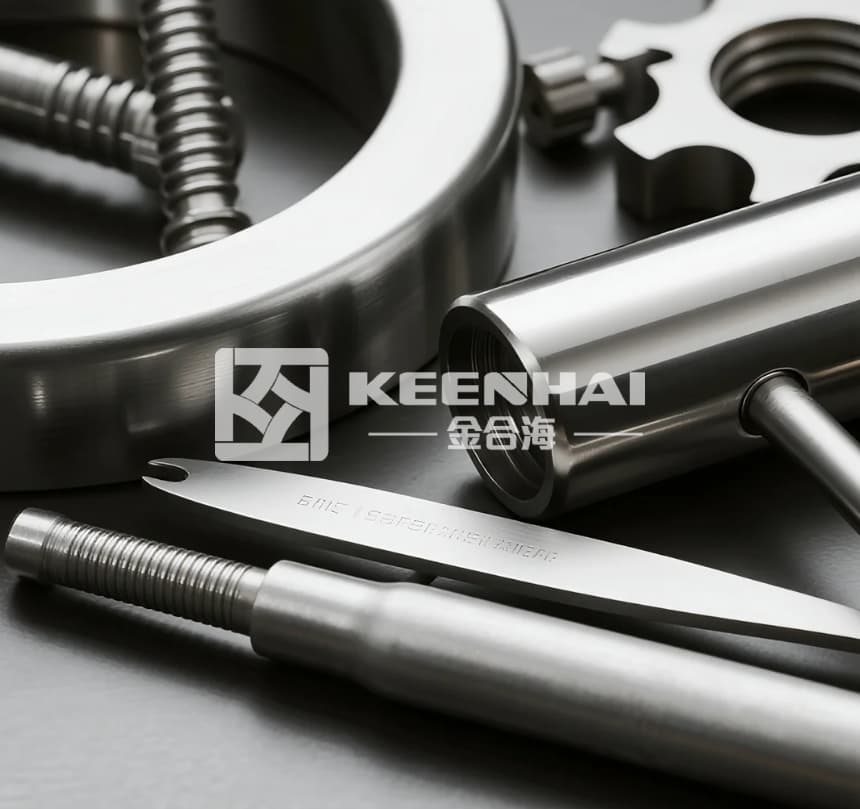
Comparing the Three Grades
Mechanical Properties and Corrosion Resistance
When comparing the three main stainless steel types—austenitic, ferritic, மற்றும் martensitic—the differences in mechanical strength and corrosion resistance are significant.
-
Austenitic stainless steel (304/316) is highly corrosion-resistant, especially against moisture and mild chemicals, and offers excellent toughness even at low temperatures. That’s why it’s widely used in restaurant kitchens, luxury hotel elevators, and metro station interiors (stainless steel products).
-
Ferritic stainless steel has moderate corrosion resistance but high stress and heat tolerance, making it suitable for architectural panels, exterior cladding, and automotive trim (stainless steel exterior wall).
-
Martensitic stainless steel focuses on hardness and wear resistance, excelling in elevator door edges, industrial machinery parts, and cutlery, but it is more prone to rust without proper maintenance (stainless steel sheet).
Here’s a quick comparison:
| Grade | Tensile Strength (MPa) | Hardness (HB) | அரிப்பு எதிர்ப்பு | Typical Use |
|---|---|---|---|---|
| Austenitic | 520–750 | 150–200 | High | Hotel elevators, kitchens |
| Ferritic | 450–650 | 120–180 | Moderate | Exterior walls, automotive trim |
| Martensitic | 600–900 | 200–600 | Low–Moderate | Industrial doors, tools |
Cost Differences and Availability
Cost-wise, austenitic stainless steel (especially 316) is generally the most expensive, due to nickel content, but widely available in sheets, panels, and custom finishes. Ferritic stainless steel என்பது more budget-friendly, ideal for large-scale architectural applications where extreme corrosion resistance isn’t required. Martensitic stainless steel falls in the middle, cost-effective for wear-heavy parts but slightly limited in large sheet availability.
For example, sourcing தனிப்பயன் துருப்பிடிக்காத எஃகு லிஃப்ட் கதவுகள் for a five-star hotel lobby may cost 30–50% more with austenitic 316 than using ferritic grades for less exposed areas. The choice often balances budget, environment, and expected lifespan (தனிப்பயன் துருப்பிடிக்காத எஃகு லிஃப்ட் கதவுகள்).
Best Choice for Specific Environments
-
High-moisture areas like spa centers or coastal buildings: Austenitic stainless steel keeps rust at bay and maintains a polished look for decades.
-
Outdoor architectural panels like office buildings and airport facades: Ferritic stainless steel சலுகைகள் good strength and aesthetic finish at a lower cost.
-
High-wear industrial areas like factory elevator doors or machinery panels: Martensitic stainless steel stands up to scratches, dents, and repeated contact.
In real-world projects, architects often mix grades: austenitic for visible, high-traffic interiors, ferritic for exterior surfaces, and martensitic for mechanical or functional parts. This approach maximizes performance, cost efficiency, and longevity while keeping surfaces visually appealing and structurally strong.
For more detailed insights on the applications and benefits of PVD stainless steel sheets, visit our comprehensive guide: What is a PVD Stainless Steel Sheet?
